August 27, 2025 | 16:15 GMT +7
August 27, 2025 | 16:15 GMT +7
Hotline: 0913.378.918
August 27, 2025 | 16:15 GMT +7
Hotline: 0913.378.918
On August 26, the National Center for Agricultural Extension, in collaboration with the Son La Department of Agriculture and Environment and the Northern Mountainous Agroforestry Science and Technology Institute, organized a Forum on Agricultural Extension and Agriculture titled “Developing agroforestry models linked to ecotourism and environmental protection.”
Representatives from the Department of Forestry, the Northern Mountainous Agroforestry Science and Technology Institute, and the University of Forestry attended the forum, as well as leaders from Son La’s provincial departments and agencies, delegates from Dien Bien, Lai Chau, Lao Cai, and Phu Tho, and many enterprises, cooperatives, and prominent farmers.
The event provided a platform for managers, scientists, businesses, and farmers to share experiences and identify solutions to promote agroforestry development with multi-value outcomes, linking production to ecotourism and environmental protection.
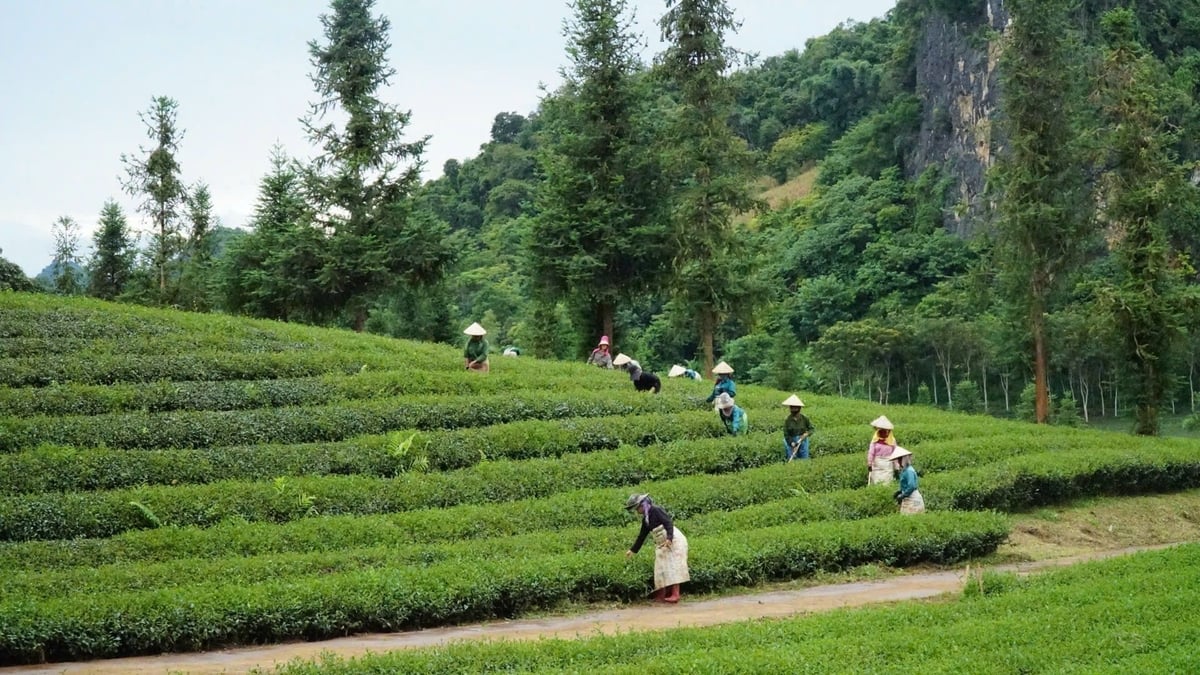
Agroforestry is a growing trend in the Northwest provinces. Photo: Duc Binh.
According to the National Center for Agricultural Extension, in recent years agroforestry has proven to be a sustainable production model, particularly suitable for the northern midland and mountainous provinces, areas with steep terrain, climate variation, and soil degradation risks. The strength of agroforestry lies in integrating crops, trees, and livestock on the same land, delivering stable economic returns while improving livelihoods, protecting soil resources, increasing forest cover, and adapting to climate change.
The northern mountainous region currently has the largest area of agroforestry in the country, with diverse models such as planting timber trees (acacia, eucalyptus, cinnamon, star anise, Cunninghamia, etc.) intercropped with short-term crops (corn, cassava, soybeans, etc.) during the establishment phase; specialty fruit crops (mango, longan, late plum, green-skin grapefruit) under the canopy; and semi-grazed cattle and goats on pastures beneath long-lived trees. In Son La, Dien Bien, Lao Cai, and other localities, agroforestry zones spanning tens of thousands of hectares have formed in association with cooperatives and processing enterprises.
Based on local research results and field experience, agroforestry models can be categorized into five main groups: forestry–agriculture; forestry–fruit–livestock; forestry–medicinal plants; agriculture–forestry–aquaculture; and agroforestry linked to ecotourism and agricultural tourism.

Ms. Cam Thi Phong, Deputy Director of the Son La Department of Agriculture and Environment, stated that Son La has not fully tapped its forest potential. Photo: Nguyen Nga.
With more than 1.4 million hectares of natural land, over 85% of which is steep hills, Son La has identified agroforestry as a strategic direction. Models such as fruit trees grown alongside livestock under forest shade; coffee and tea intercropped with macadamia; or black canarium–coffee–medicinal plants are contributing to higher incomes, improved livelihoods, and protection of forests and sloping land. By the end of 2023, approximately 15,000 hectares in Son La were applying agroforestry production models, with many households earning 200 - 400 million VND per hectare per year.
Notably, linking fruit, tea, and coffee zones with the majestic landscapes of Moc Chau, Mai Son, and Ta Xua is opening new development pathways, contributing to green growth, sustainability, and Vietnam’s emissions-reduction commitments.
Son La has implemented several notable projects and models, including the 661 Program, which supported new planting and assisted regeneration, expanding the province’s forest area to over 671,000 hectares, about 30% of which applies agroforestry; and the SAM (Mountain Agriculture) project from 1998 - 2003, which succeeded with sustainable hillside farming models, boosting crop yields by 15-20% over conventional methods.
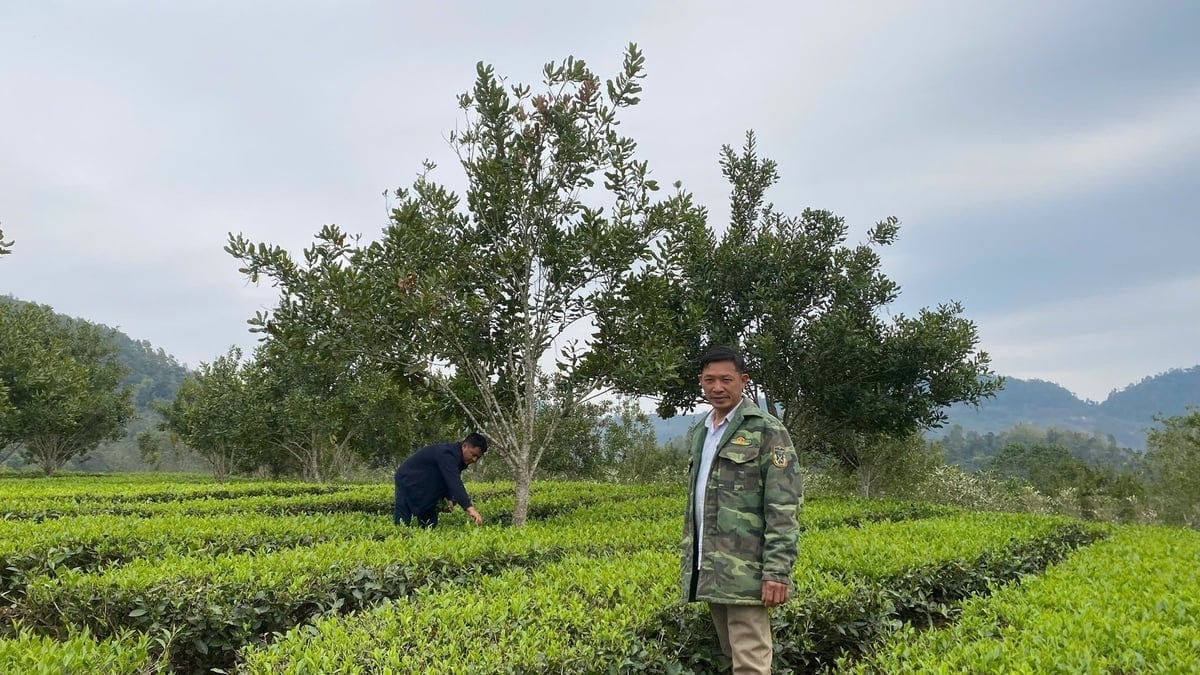
Intercropping tea with macadamia is a high-efficiency agroforestry model in Son La. Photo: Duc Binh.
The national target program for ethnic minority and mountainous areas (2021–2025) has supported more than 2,000 households in Son La to implement agroforestry with son tra (hawk cherry), medicinal plants, and integrated livestock, helping drive substantial poverty reduction. The project “Promoting and Expanding Agroforestry, 2012–2021”, implemented with ICRAF, scaled dozens of models such as macadamia - coffee - beans and late longan - maize - forage grass, and established three nurseries, contributing to forest protection, soil improvement, and income growth.
Agroforestry models have helped restore degraded land, reduce erosion, retain moisture, and sequester carbon (7–10 tons CO2 per hectare per year), far exceeding monoculture. They also significantly reduce the use of chemical fertilizers and pesticides, helping protect the ecological environment.
Economically and socially, agroforestry has created jobs and increased incomes for thousands of households, particularly among ethnic minority communities. Farmers receive seed and technical support, training, and opportunities to join cooperatives, gradually building sustainable agricultural value chains linked to domestic and international markets.

Hoang Van Hong discusses with farmers and cooperatives. Photo: Nguyen Nga.
At the forum, delegates focused on four areas: sharing experiences from agroforestry models linked to community-based tourism that deliver socioeconomic benefits; building sustainable agroforestry that creates economic value while protecting the environment and cultural identity; policy mechanisms and support to maintain and scale models; and opportunities to develop agroforestry tied to ecotourism, the green economy, and greenhouse gas reduction commitments.
Proposed solutions included investment in transport and irrigation infrastructure; faster adoption of science and technology; building production–consumption linkages with traceability; preferential credit; and enhanced training to shift from small-scale production to market-oriented goods.
Hoang Van Hong, Deputy Director of the National Center for Agricultural Extension, emphasized that Son La, a northern mountainous province, has rapidly expanded fruit production and still possesses vast forest resources. In practice, many cooperatives have successfully implemented agroforestry models that boost economic efficiency while protecting the environment.
Through this forum, the Center aims to create a foundation for people to learn, exchange experiences, and continue building and developing sustainable agroforestry models in the years ahead.
Translated by Linh Linh
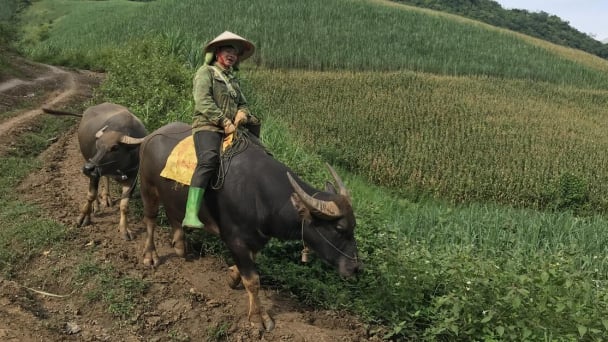
(VAN) The Sustainable Animal and Aquatic Foods Program (SAAF) will focus on a circular model in sustainable livestock production.
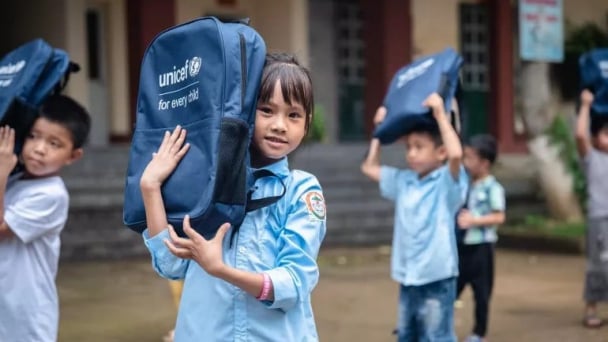
(VAN) UNICEF Viet Nam calls for stronger climate action through investments in the resilient systems children depend on, to better prepare them for a future of growing and intensifying threats.
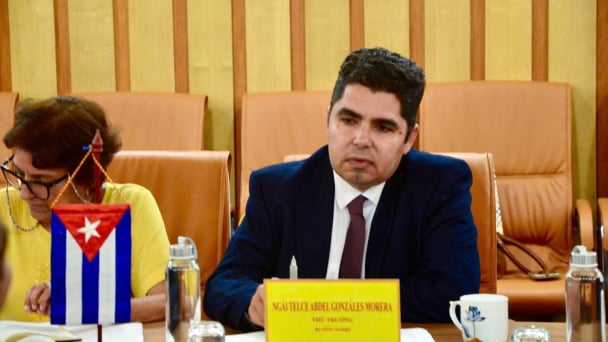
(VAN) On August 25 in Hanoi, Deputy Minister Phung Duc Tien held talks with Cuban Deputy Minister Telce González Morera, reaching a consensus on strengthening agricultural cooperation, particularly in rice production.
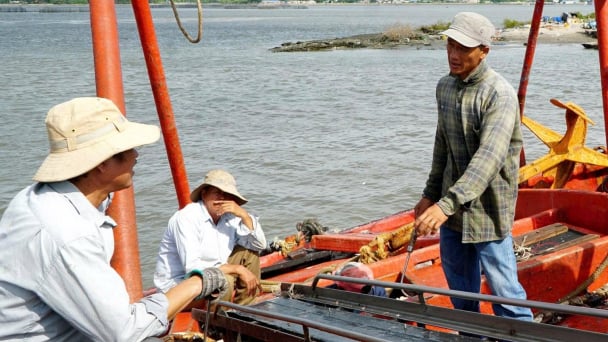
(VAN) Awareness-raising on combating IUU fishing in the former Ba Ria – Vung Tau has been carried out through various approaches, thereby improving fishers’ understanding.
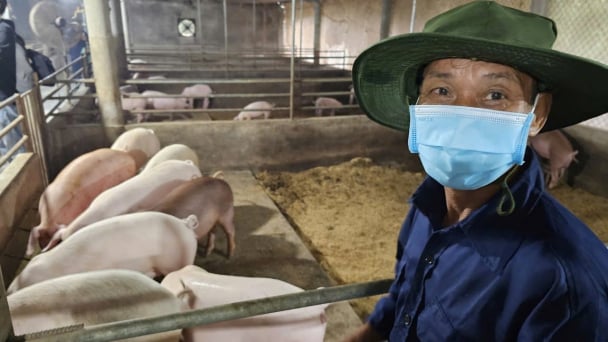
(VAN) To date, farms with more than 500 pigs in Phu Tho province remain safe despite the African swine fever outbreak sweeping the region.
/2025/08/25/4733-0-nongnghiep-194727.jpg)
(VAN) On the morning of August 25, Deputy Minister of Agriculture and Environment Phung Duc Tien directly inspected the construction progress of the Agriculture and Environment Exhibition booth.